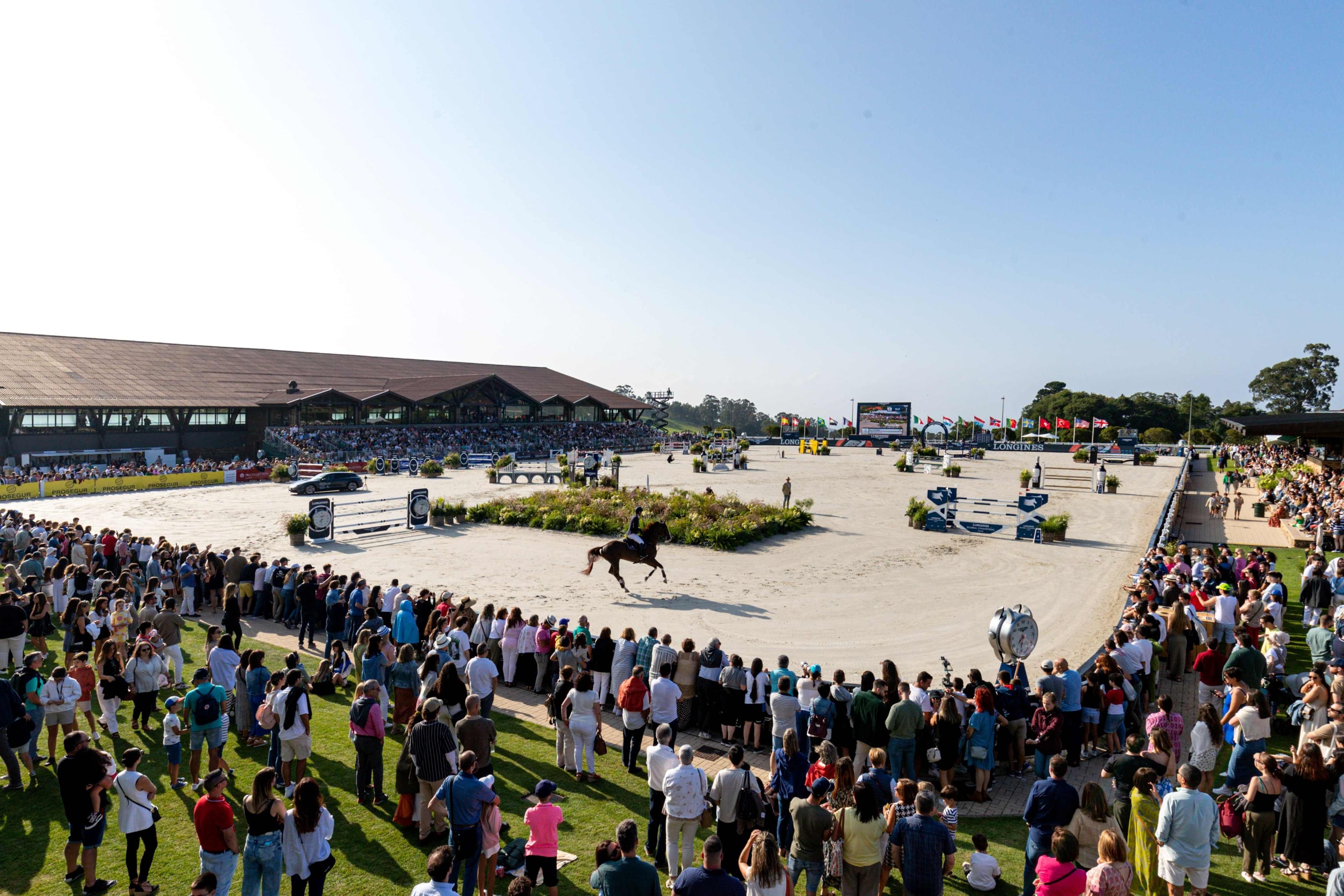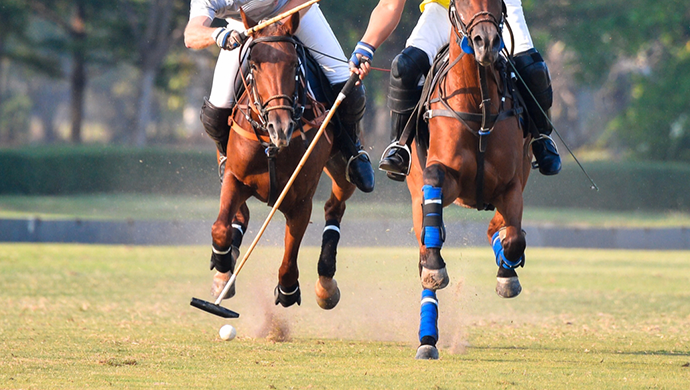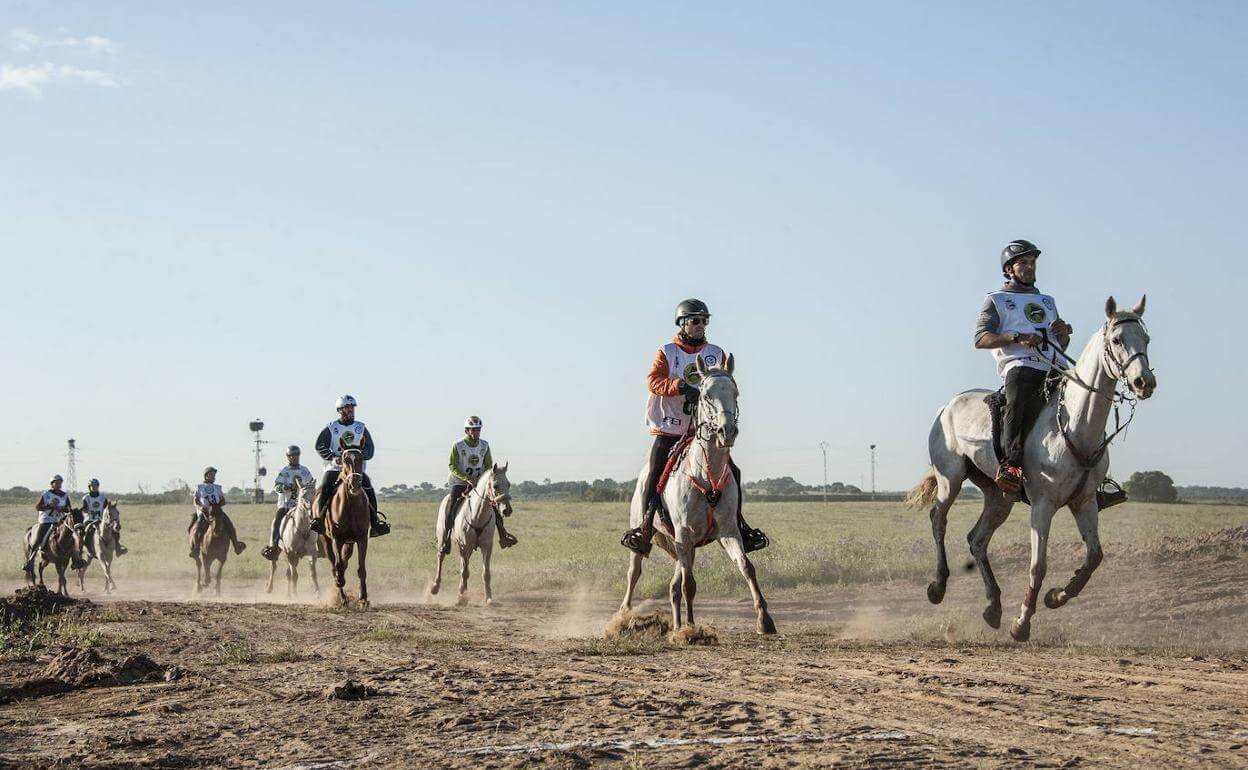
Working Equitation. What is it?
In the vast fields and stables, where the connection between man and horse comes alive, lies the essence of working equitation. Beyond the competition and the bright lights, this equestrian discipline immerses itself in tradition, skill and practical utility.
What is working equitation?
It is an equestrian discipline that focuses on training horses to perform practical and functional tasks, both in the field and in agricultural or livestock work. Unlike other forms of horsemanship that focus on sporting competition, working horsemanship emphasizes the usefulness and versatility of the horse in everyday activities.
This involves teaching the horse to respond to the rider's directions accurately and efficiently, often using training techniques that encourage collaboration and communication between rider and horse. It is both a sport and an art, where practitioners test their riding skills by overcoming various obstacles in competition.
Working equitation also includes tests and competitions where horses demonstrate their skills in different practical tasks. This is a high performance sport, with different modalities such as jumping, dressage, horse racing, among others, which require great skill, training and dedication from both the rider and the horse.
Rules in Working Equitation competitions
Rules may vary slightly depending on the federation or organization that is conducting the event. However, in general, Working Equitation competitions are governed by certain common principles and rules.
During the competition, riders and horses must face different obstacles and tasks, such as dragging heavy objects, carrying loads, herding cattle, among others, depending on the level of the competition.
Riders are evaluated not only on their ability to complete tasks, but also on their technique, precision and ability to guide the horse effectively. In addition, it is important to note that the welfare of the horse is of utmost importance. Horses must be in good health and treated with respect and care at all times.
In addition to the rider's skills, the horse's behavior and attitude are also evaluated. A calm, obedient and cooperative horse receives higher scores.
Working Equitation competitions are usually divided into several categories according to the skill level of the rider and horse, such as beginner, intermediate and advanced.
In these events, equipment is also essential. Riders must wear the proper safety equipment, which includes helmet and boots, and the horse must wear standard riding equipment, such as saddle and bridle.
In some competitions, time limits are set for completing certain tasks. Penalties may be assessed for exceeding time limits or for errors in the execution of tasks. Penalties may be awarded for errors such as knocking over objects, performing tasks incorrectly, or exceeding the time limit. Penalties may be subtracted from the rider's and horse's total score.
Jury decisions are final and are based on direct observation of the rider's and horse's execution of the tasks.
What type of horses are best
Choosing the right horse will depend on the needs and abilities of the rider, as well as the specific goals of working equitation. It is important to work with trainers and experts in the discipline to select the horse that best suits your needs and goals.
- Good Temperament: Horses should be calm, reliable and willing to work. Calmness is essential, as they must deal with challenging tasks and unusual objects without endangering the rider or themselves.
- Strength and Endurance: Horses used in working equitation must have the strength and endurance to perform physical tasks such as pulling heavy objects or working for long periods of time in the field.
- Intelligence: Horses that are intelligent and willing to learn are ideal for this discipline, as they must understand and respond to the rider's cues to perform specific tasks.
- Versatility: The best horses can adapt to a variety of tasks, from herding livestock to opening gates and performing dexterity exercises.
- Good Physical and Muscular Condition: Horses used in this discipline usually have strong and well-developed musculature, especially in the hind limbs, which are crucial for performing physical tasks. In addition, they must be in good shape and free of diseases or injuries that may limit their performance.
- Connection with the Rider: The relationship between horse and rider is essential. A horse that gets along well with its rider and responds to his signals has a significant advantage in this discipline.
- Experience in the Discipline: Horses with previous experience in working equitation can be especially valuable, as they are familiar with the tasks and expectations of the discipline.
Leading working equestrian competitions
They are held all over the world, and some of them are widely recognized for their level of competition and the quality of the participants.
World Equestrian Games
Organized every four years, the World Equestrian Games (WEG) is an elite equestrian event featuring a variety of disciplines, including working equitation. They bring together the best riders and horses from around the world.
At the WEG, working equitation is a highly anticipated discipline. During this competition, the best riders and horses from around the world compete in tests that demonstrate the horse's ability to perform specific tasks and the rider's ability to guide the horse with precision and elegance.
World Working Equitation Championship
It is one of the most prominent events on the calendar at the international level. Organized by the Fédération Equestre Internationale (FEI), this championship is held annually and provides a platform to showcase the exceptional skills of riders and horses in this versatile and challenging discipline.
This championship provides an opportunity for riders and amateurs of working equitation to excel on an international level and demonstrate their skills in a variety of practical tasks. Each edition of the championship is an exciting showcase of the skill and dedication of the participants in this exciting equestrian discipline.
European Working Equitation Championship (European Working Equitation Championship)
Organized by the Fédération Equestre Internationale (FEI), this championship brings together riders and horses from all over Europe to compete in various working equitation events.
This championship is often divided into several categories according to the level of skill and experience of the riders, allowing for participation from beginner riders to experienced professionals.
These competitions are just a few examples of outstanding events in the world of working equitation. In addition, many countries often have their own national championships, highlighting the nation's best riders and horses in this discipline.
Each competition has its own rules and standards, but all offer exciting demonstrations of the skills of riders and horses in this versatile and challenging discipline.












_v2.svg)
_v2.svg)









_v2.svg)


